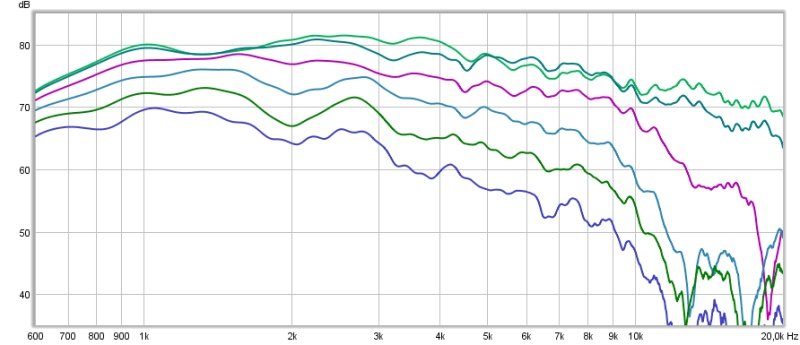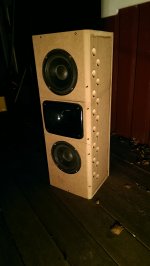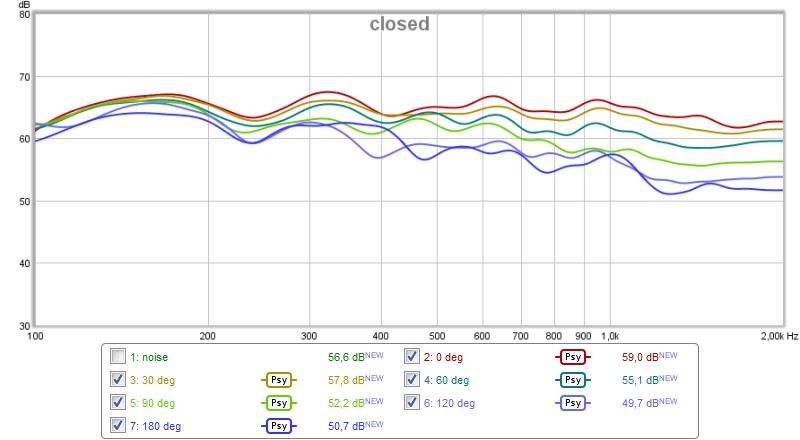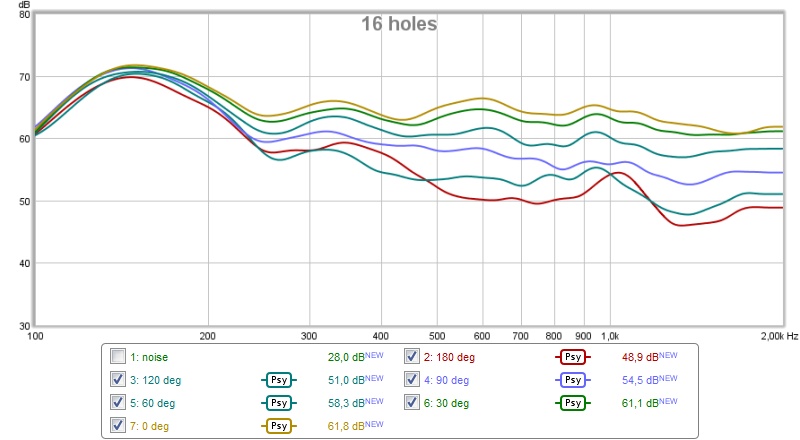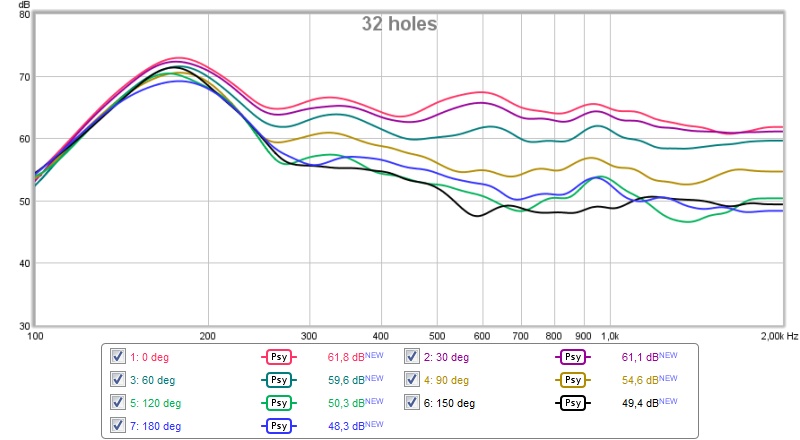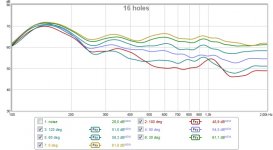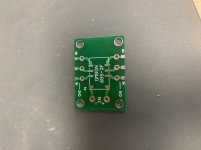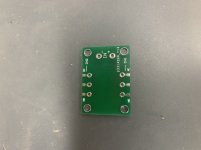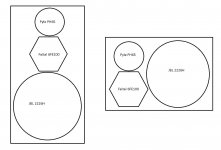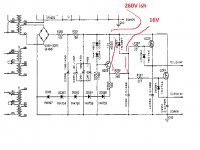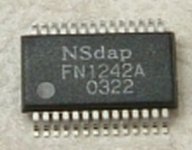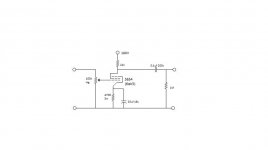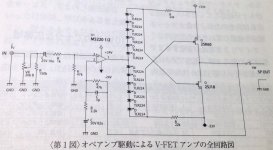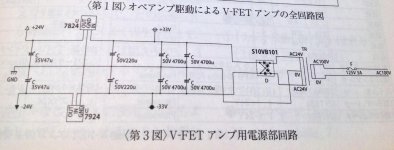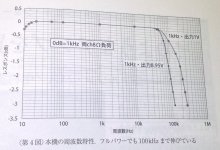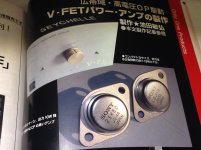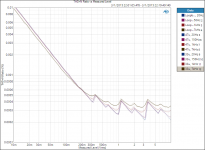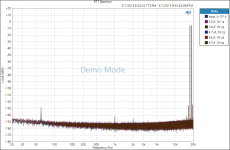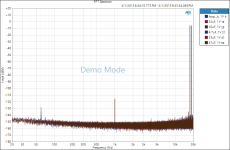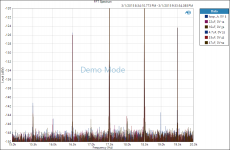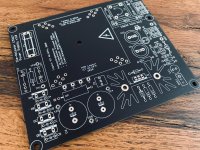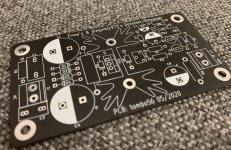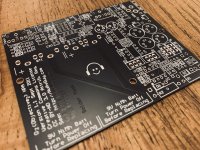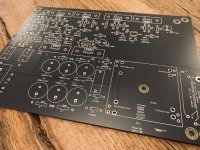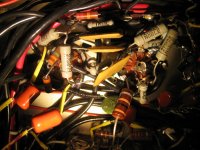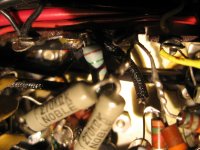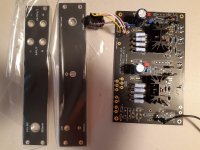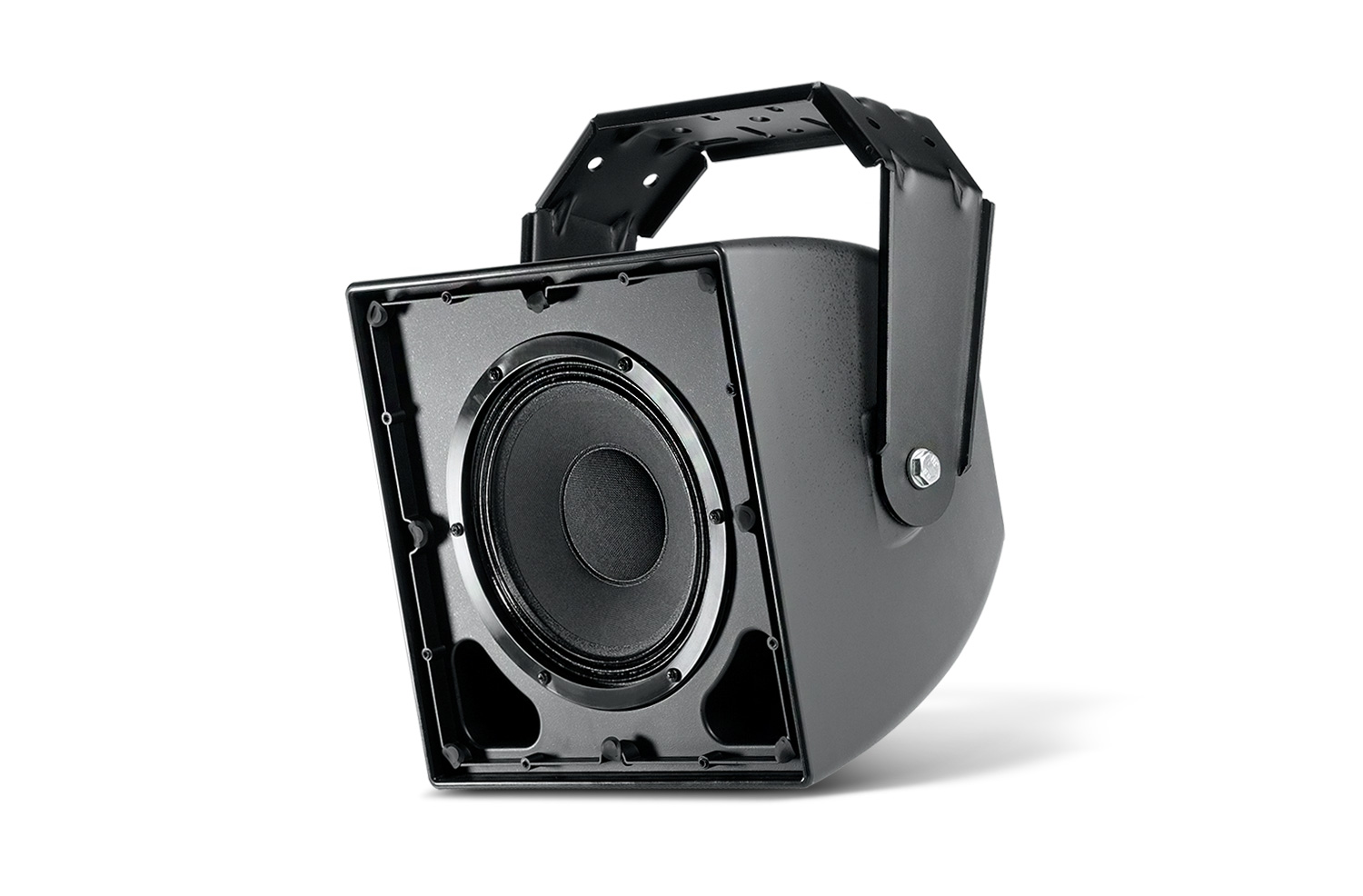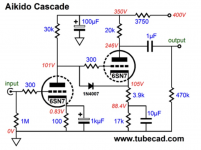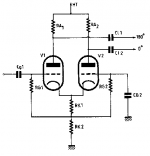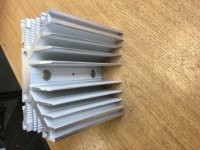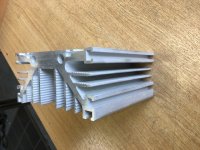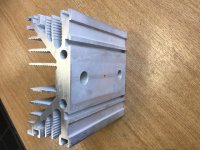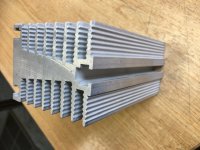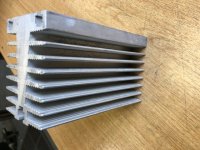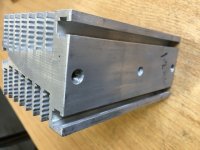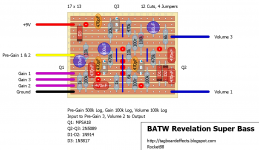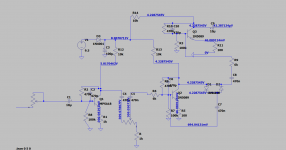Hello all,
This is going to get long and I apologize in advance for that. There will be a lot of detail in getting to the question(s).
The short version: I need help designing a small but somewhat intricate car audio system for a classic car.
Still interested? okay, then, read on...
The long version:
I am the owner of a 1974 MGB GT (this is the hardtop version). The car is in great condition for 46 year old car. That said, I don't want to cut holes in it for an audio system. It has an antenna but no stereo and I'm not sure it's ever had a stereo... Recently, I also came into possession of some car parts from a 1973 MGB that was being parted out. More specifically, I now have a 2nd set of seats and a center console. The 1973 center console has been cut (poorly) for a radio. The plan is to use this and store the original console in case I ever bring this back to original condition. The seats were purchased as I need a gear mechanism from one to repair one of mine. The 1973 Head Rests are going to house 2 small speakers in each (like the Miata Roadster) and I will need to fabricate new foam and sew new covers to make it all work. The current head rests from the car will go into storage in case...
I
WILL NOT be cutting holes into the doors, etc. Yes, I know they have speaker holes behind the door panels. I don't have a 2nd set of door panels, so this option is out.
Okay, with that out of the way. Lets get into my vision (I'm open to suggestions that are non-invasive) to the car.
Head unit: Single DIN, AM/FM/USB/AUX/Bluetooth (no CD player). There is very little room behind the console to work with so the shallow design of this style of radio works for my application. Something like the SONY DSXA415BT (I am not set on any given unit and am open to suggestions). Head unit specs indicate 4x55W and I am assuming it runs at 4ohm
Amplifier: If possible, I'd like to not use an amplifier. It's not out of the question... I'd just rather not have to find a place to hide it.
Head Rests: here's where I get into difficulty. Each headrest is to have 2 small speakers inset into the foam.
Aurasound NSW2-326-8AT Whisper 2" Extended Range Speaker Driver 8 Ohm
- Again, I'm open to suggestions on this. 3.5" 2 way's are just too big. If you Google Mazda Head Rest Speakers, you'll get an idea of what Mazda uses.
- Using (2) 8 ohm speakers in parallel brings me to 4 ohm and I match the head unit (presumably).
- The above mentioned Aurasound are 15 Watt RMS with a max power of 60 Watts. (2) speakers in parallel 30 Watts - 120 Watts. Sony head unit puts out 55 Watts per channel. So everything should be fine... right?!?
If you're still reading with interest, I thank you. I've opted for 2 full range speakers but I'm not married to this... I get that I will sacrifice highs and lows. I could also do 2 small speakers in each of the head rests and 1 "really small" tweeter in the center console where the head unit will be. Unfortunately, I have no idea how to make this work... What speakers would I use and how would I connect them? That would be 3 speakers running off each of the front channels and I'm not sure how to make 4 ohms out of 3 speakers.
Rear Speakers: There are 2 small oblong(ish) storage spaces at the back of the car. These are on either side of the spare tire storage compartment. I can make something to fit speakers into these spaces. Unfortunately, the car is currently in my father-in-laws garage and I cannot measure the size of these spaces. I know I could do 5.25" rounds. Possibly 6.5" rounds. Possibly 6x9's, I know the length is there, I just don't know the width at the moment.
Do I stick with 2 full range small speakers in each of the head rests and go with a larger 2 way or 3 way speaker in the back? If so, this is pretty easy to accomplish.
Do I go with 2 small speakers in the head rests, a tweeter in the dash, components of some sort in the back? If so, I need help making that all come together. As such, I have come to an Audio forum to help me understand how to do that.
I don't need an insane stereo system as that's not what this car is all about. I don't know how many of you have been in an early 70's Little British Car. I can tell you, they are not quiet! Road noise, engine noise, exhaust noise, typical squeaks and rattles that you would expect from a 46 year old car... So it's not like I will be sitting in a Lexus listening to audiophile quality music. It's a part-time summer car that just needs the benefit of some audio.
Cheers!
